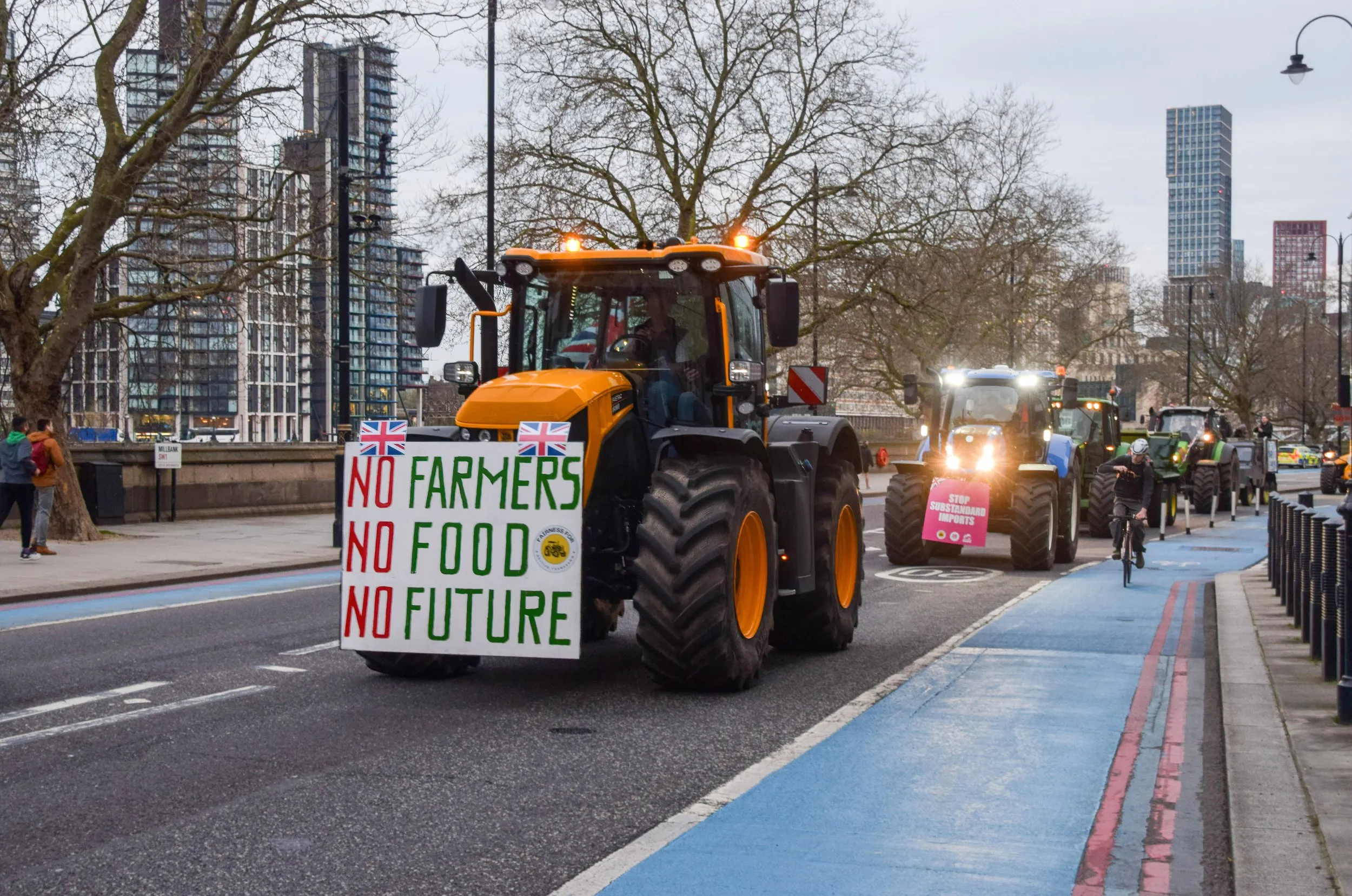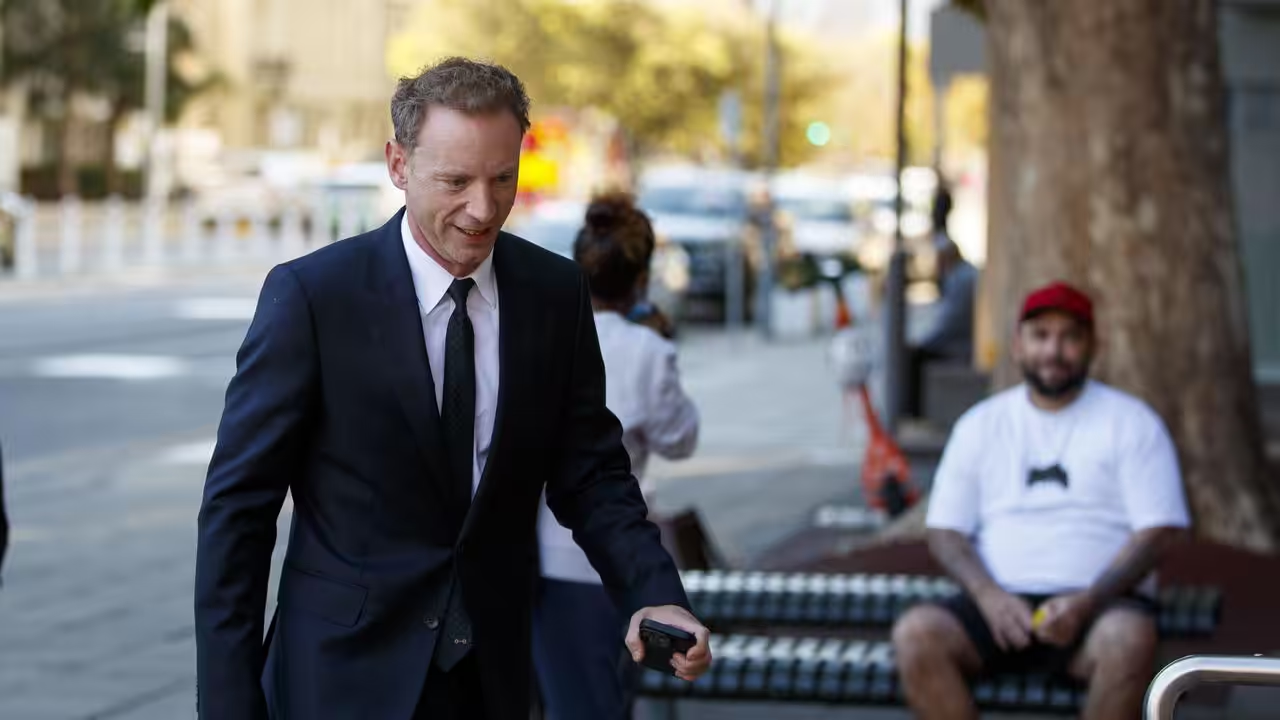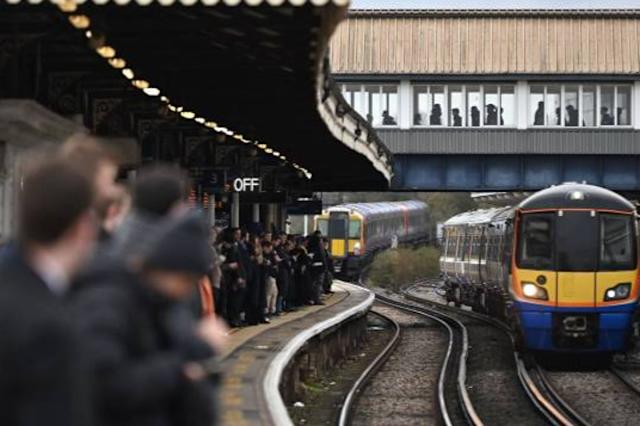Muhsin Hendricks, known as the world’s first openly gay imam, was shot dead in South Africa after being ambushed near the city of Gqeberha on Saturday. The 57-year-old cleric, who led the Masjidul Ghurbaah mosque in Cape Town, known for welcoming LGBTQ+ and marginalized Muslims, was a backseat passenger in a vehicle when two masked gunmen opened fire. Security footage widely circulated on social media shows a car blocking Hendricks’ vehicle before an assailant emerged and repeatedly fired shots through the back window.
South African police confirmed the targeted attack, with two suspects emerging from a vehicle and firing at Hendricks’ vehicle. The Al-Ghurbaah Foundation, which operates the mosque, confirmed the imam’s death and called it a targeted attack. While reports suggest Hendricks was killed after officiating a lesbian wedding, police have yet to confirm this.
The news has sparked an outpouring of tributes from the LGBTQ+ community. Julia Ehrt, executive director at the International Lesbian, Gay, Bisexual, Trans, and Intersex Association, expressed sorrow and urged a full investigation into the incident, suggesting it might have been a hate crime. She praised Hendricks for his work in helping people reconcile their faith with their LGBTQ+ identity.
Hendricks came out as gay in 1996, facing severe backlash within South Africa’s Muslim community. He later founded The Inner Circle, a support group for queer Muslims, and established Masjidul Ghurbaah, an inclusive mosque. South Africa is the first African country to legalize same-sex marriage, and while it offers constitutional protections for sexual orientation, anti-LGBTQ+ violence remains widespread.
British-Nigerian LGBTQ+ activist Reverend Jide Macaulay expressed his grief over Hendricks’ death, calling it “heartbreaking” and praising Hendricks’ leadership and dedication to inclusive faith communities. Hendricks was also featured in a 2022 documentary, The Radical, where he reflected on the death threats he faced, stating, “The need to be authentic was greater than the fear to die.”




